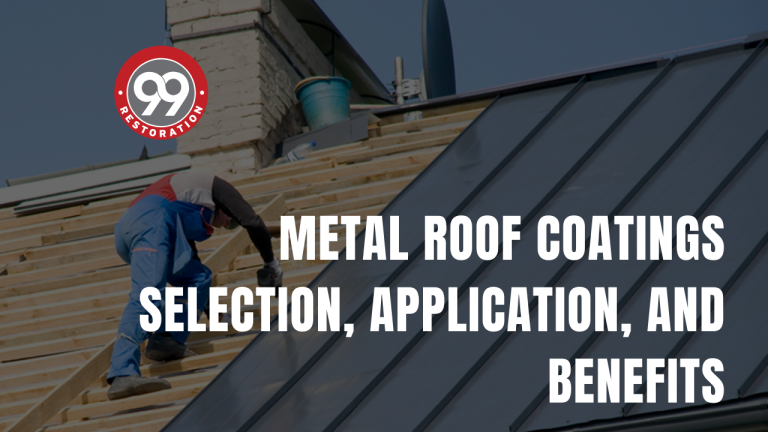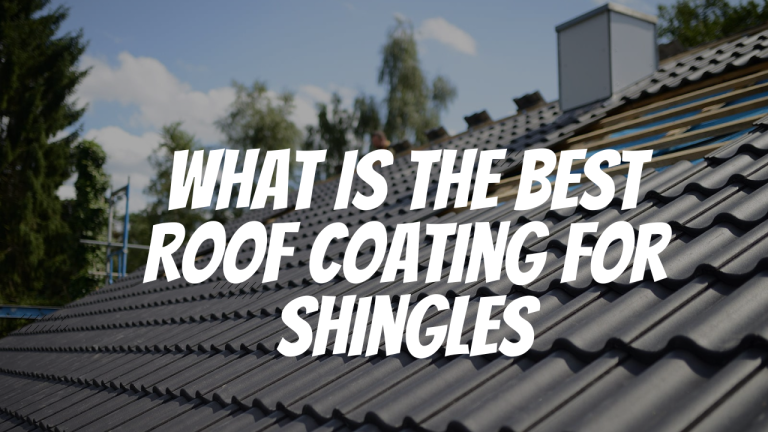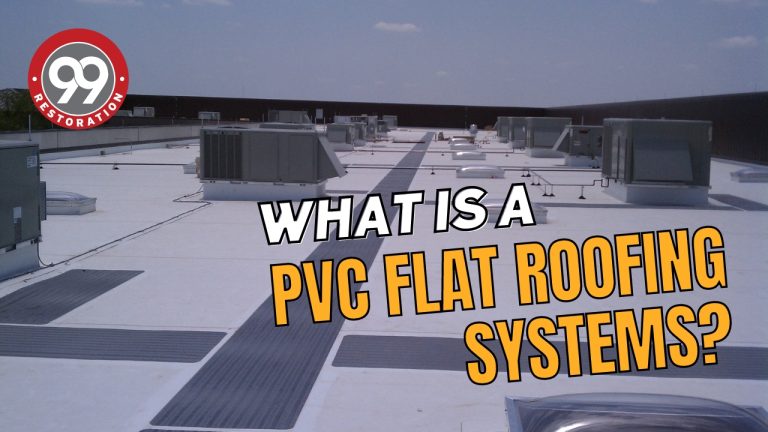A PVC roof utilizes a single-ply membrane composed of two layers of specially formulated vinyl bonded to a polyester reinforcement scrim. Typically, these membranes are white or light-colored, designed to reflect UV rays and enhance energy efficiency.
When most people hear “PVC,” they think of the rigid pipes used in plumbing. Within the industry, “PVC” stands for “polyvinyl chloride,” a versatile synthetic polymer that can be crafted into rigid or flexible materials. For roofing, contractors use flexible PVC to cover low-slope or flat roofs, with longevity reaching up to 30 years.
The installation of a PVC roof begins by placing an insulation board over the roof deck. Commonly used insulation materials include ISO or EPS foam boards, with R-values ranging from R4 to R6 per inch of thickness. This crucial layer helps reduce energy loss, keeping utility expenses low.
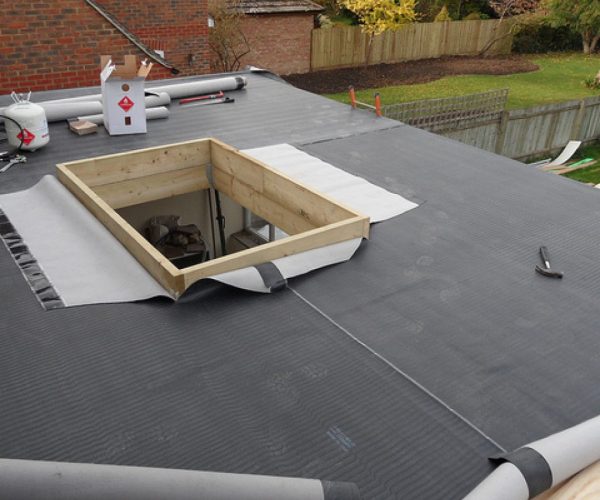
There are three main methods for installing PVC membrane roofing
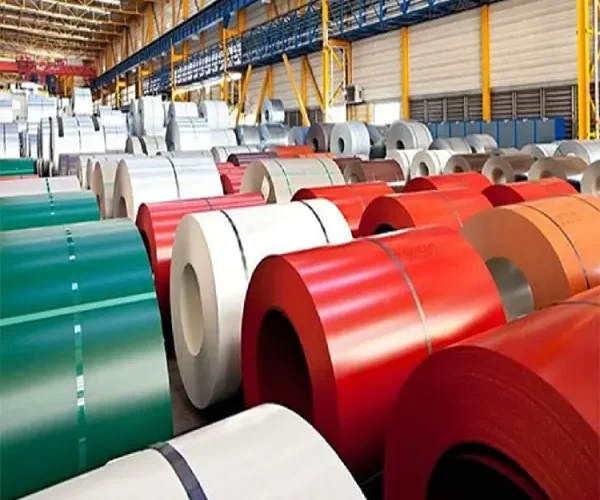
1.Fully Adhered PVC Flat Roofing
This technique involves gluing the membrane directly to
the underlying surface with a strong adhesive. It’s often chosen for structures where
fasteners are impractical or when minimal roof penetrations are desired.
2.Mechanically Attached PVC Flat roofing
This method uses screws and plates to secure the
membrane. It’s favored in regions susceptible to severe weather, such as hurricanes, as it
withstands high winds effectively.
3. Induction Welded PVC Roofing:
In this process, specialized equipment heats the
membrane over metal plates. The electric pulses heat the plates, bonding the materials.
This method requires fewer fasteners and is generally less labor-intensive.
In each method, the seams of the membrane sheets are welded to create a unified barrier against
the elements. It’s worth noting that PVC membranes are thinner than many other roofing
systems, typically ranging from 40 mil (0.04 inches) to 90 mil (0.09 inches), with common
thicknesses being 60, 80, or 90 mil.
Many installations feature white membranes to reflect sunlight, though other colors such as gray,
tan, brown, red, and green are available. Some materials mimic the look of roof shingles, and
certified products also offer fire resistance.## Types of PVC Roofing Membranes
PVC roofing membranes have been a favored choice for low-slope and flat roofs since the 1960s.
Their popularity stems from cost-effective installation, reduced structural load, and resilience
against harsh weather. Here’s a closer look at the common types
Standard PVC Flat Roofing Membrane
Standard PVC roof membranes are single-ply products known for their durability. These membranes are crafted to reflect heat and protect against water damage, earning them an Energy
Star rating for efficiency. Typically, a standard PVC roofing system consists of two membrane layers with a reinforcing polyester core. With added flexibility from specific additives, these
membranes can be installed using either fasteners or adhesives.
PVC KEE Roof Membrane
During the production of PVC membranes, flexibility is a key requirement, achieved by modifying rigid components. Traditional liquid plasticizers, however, can evaporate over time.
To combat this, Ketone Ethylene Ester (KEE) was introduced. KEE-enhanced membranes utilizea robust polymer additive that surpasses many traditional plasticizers, maintaining elasticity
longer and extending the roof’s lifespan. These membranes also work well with asphalt and efficiently reflect sunlight over time.
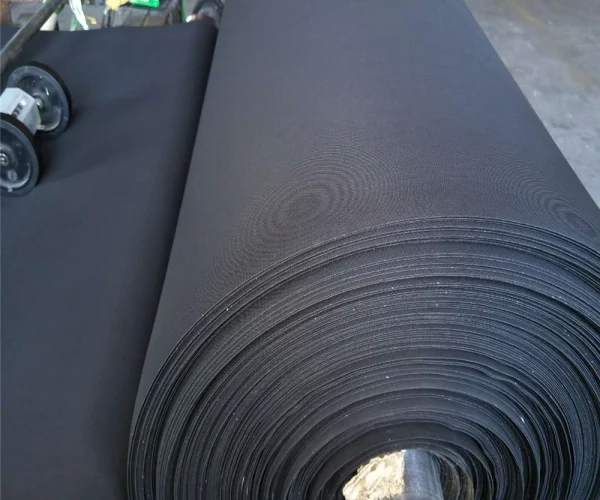
Fleece Backed PVC Roof Membrane
Adding fleece to the underside of a PVC membrane provides extra support for flat or low-slope
roofs. These fleece-backed products simplify installation since they can be rolled directly onto
the roof, cutting labor costs while delivering reliable protection. These installations offer flexible
securing options, utilizing adhesives or fasteners. In regions prone to strong winds, adhesive
installations are often preferred for their storm resistance. It’s worth noting that both standard
and KEE membranes can be equipped with a fleece backing.
The choice of PVC roofing materials largely depends on design needs, structural considerations,
and local weather conditions. Consulting with a roofing expert can help guide property owners
through the selection process, ensuring informed decisions are made
Components of a Flat PVC Roofing System
A PVC roof encompasses more than just a simple membrane. Each installation involves multiple layers of materials, each designed for a specific function
Roof Deck
This is the base layer of hard material attached to structural supports,providing a foundation for additional roofing elements
Insulation
Positioned typically on the roof deck, the insulation layer’s thickness and type are determined by local weather patterns and energy requirements.
Fasteners and Plates:
These elements ensure a secure connection between the membrane sheets and the roof deck.
Bonding Adhesives:
It’s vital to note that flashing and sealants are used in areas where ventilation pipes, HVAC units,or parapets extend through the roof. Proper sealing and flashing are crucial to prevent moistureentry and water damage
PVC Roof Warranties
GRANTEED BY THE MANUFACTURER
As a Certified Roofing Contractor for multiple manufacturers, we provide warranties for up to 30 years on PVC roofing systems
Benefits of a Flat PVC Roofing System
PVC roofs are a popular choice for commercial, industrial, and institutional buildings with a lowslope or flat roof. Here’s
Cost-Effective Installation
PVC roofing systems are among the least labor-intensive, reducing installation hours and costs for property owners
Simple Repairs
Flat roofs allow easy access for technicians to address areas impacted by hail, debris, or extreme
weather, minimizing repair costs and enhancing emergency response
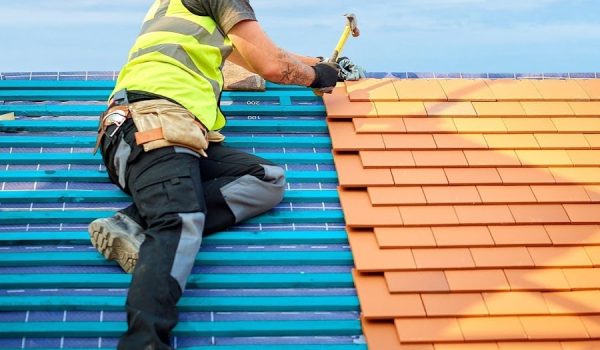
Durability and Weather Resistance
A key test of any roofing system is its ability to resist temperature swings and severe weather.PVC roofs naturally withstand high winds, and even if large hailstones cause damage, repairs can quickly prevent water infiltration
Energy Efficiency
PVC membranes contribute to energy savings by reflecting UV rays, thereby reducing cooling needs. The insulation layer helps retain heating and cooling energy within the building
Longevity
To maximize a PVC roof’s lifespan, three factors are essential: installation by an experienced contractor, climate considerations, and appropriate material selection. When these elements align, a well-maintained PVC roof can last 30 years or more
